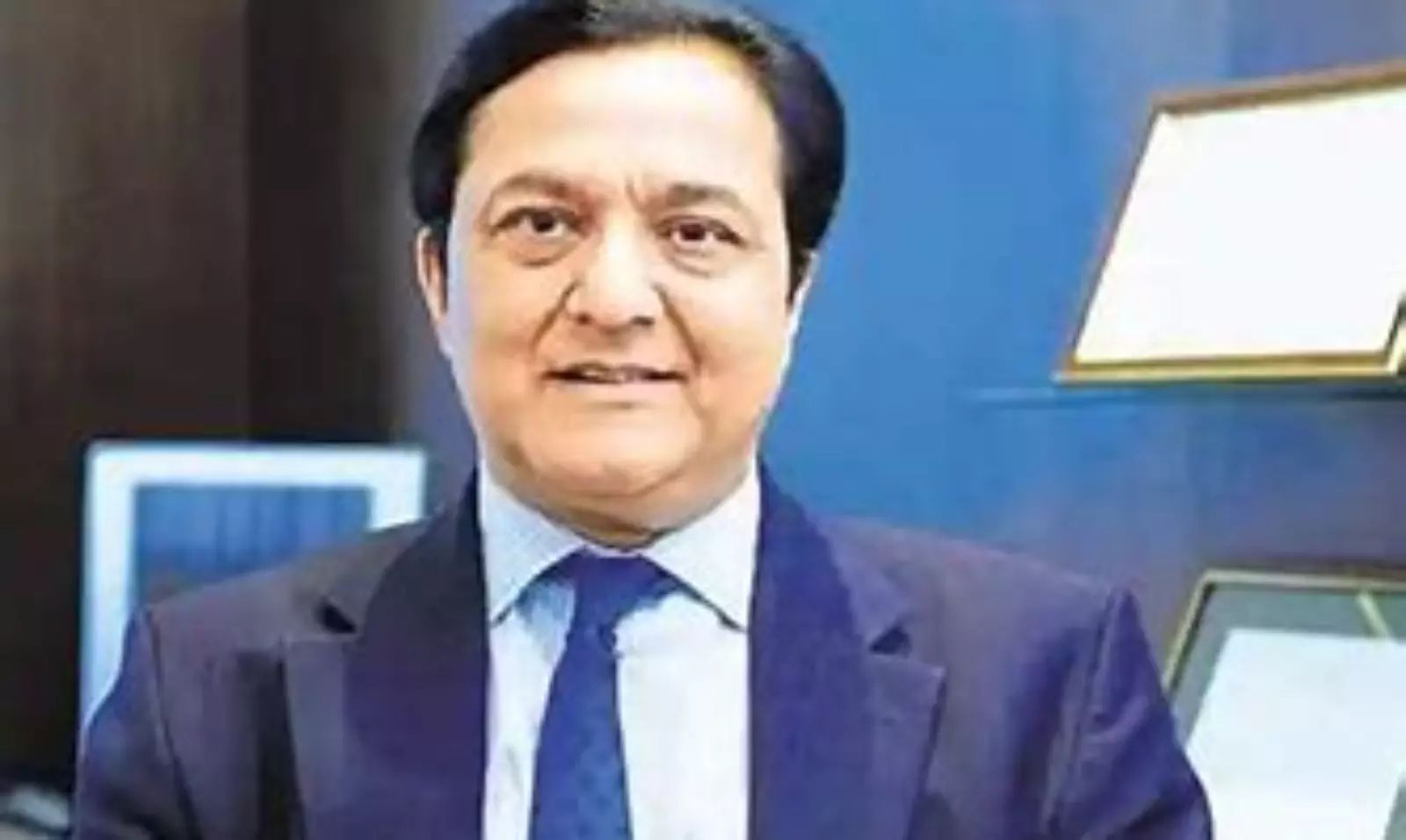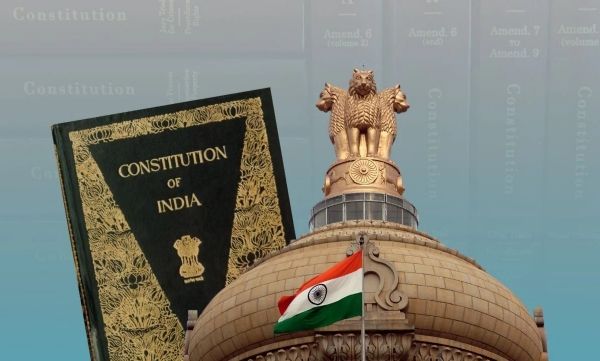Author : Dhruv Shrivastava, student at Prestige Institute of Management and Research, Gwalior
Abstract
The Stamp Paper Scam, colloquially known as the Telgi Scam, stands as one of India’s most notorious financial scandals. Spanning over a decade, from 1992 to 2003, this sophisticated counterfeit stamp paper racket was orchestrated by Abdul Karim Telgi. It involved the production and sale of fake stamp papers across several Indian states, amassing an estimated value exceeding Rs 30,000 crore. This article delves into the intricacies of the scam, the legal proceedings that ensued, and the impact it had on the Indian legal and financial systems.
To the Point
Abdul Karim Telgi masterminded an elaborate counterfeit operation that duped the Indian financial system for over a decade. Utilizing advanced printing technologies and a network of corrupt officials, Telgi managed to produce and distribute fake stamp papers, essential for various legal and financial transactions. The scam’s exposure in 2003 led to significant legal repercussions and highlighted severe vulnerabilities in India’s regulatory frameworks.
The Proof
The evidence against Telgi was overwhelming and multifaceted. Key proofs included:
- Confession: On February 6, 2006, Telgi confessed to his crimes, implicating numerous high-ranking officials.
- Material Evidence: Seizures of counterfeit stamp papers and printing machinery from various locations tied directly to Telgi’s operations.
- Financial Records: Bank statements and financial transactions that traced back to Telgi’s network, demonstrating the flow of illicit funds.
- Testimonies: Witness accounts from former associates and government officials who were part of the scam or had direct knowledge of it.
- Telephonic and Electronic Evidence: Intercepted communications and digital records corroborating the modus operandi and scale of the scam.
Legal Jargon
Counterfeiting: The creation of fraudulent replicas of legitimate documents, such as stamp papers, with the intent to deceive and commit fraud.
Conspiracy: An agreement between two or more parties to commit a criminal act, or to achieve a legal end through illegal actions.
Criminal Breach of Trust: Misappropriation or conversion of property entrusted to a person, leading to a violation of trust.
Money Laundering: The process of disguising the proceeds of crime and integrating them into the legitimate financial system to obscure their illicit origins.
Maharashtra Control of Organised Crime Act (MCOCA): A legal provision used to combat organized crime and terrorist activities within the state of Maharashtra, under which Telgi was prosecuted.
Case Laws
- State of Maharashtra v. Abdul Karim Telgi and Others (2006):
- Overview: This landmark case was instrumental in prosecuting Telgi under MCOCA. The court meticulously examined the extensive evidence, leading to multiple convictions.
- Legal Implications: This case set a precedent for the application of MCOCA in cases involving organized crime and large-scale financial fraud.
- Telgi’s Plea Bargain (2007):
- Overview: In a strategic legal move, Telgi entered a plea bargain, admitting to his crimes in exchange for a reduced sentence. This plea was accepted by the court, highlighting the complexity of prosecuting organized financial crimes.
- Legal Implications: This case emphasized the utility of plea bargains in expediting legal proceedings and securing convictions in complex cases.
- Public Prosecutor v. Abdul Karim Telgi (2008):
- Overview: This case focused on the additional charges of money laundering against Telgi, leading to further convictions under the Prevention of Money Laundering Act (PMLA).
- Legal Implications: It underscored the interconnected nature of financial crimes and the importance of comprehensive legislation to tackle such offenses.
Detailed Case Overview
Background and Modus Operandi
The Telgi Scam began in the early 1990s when Abdul Karim Telgi, a small-time fruit vendor, saw an opportunity in the printing and sale of counterfeit stamp papers. Stamp papers are essential for various legal transactions in India, such as property deals, agreements, and court documents. Telgi exploited the demand for these documents by creating a parallel counterfeit market.
Telgi’s operation was sophisticated and well-organized. He bribed officials in the Indian Security Press, Nashik, to gain access to the machinery and raw materials necessary for printing authentic-looking stamp papers. He also cultivated a network of corrupt police officers, bureaucrats, and politicians who facilitated the smooth operation of his enterprise and provided protection from law enforcement.
The counterfeit stamp papers produced by Telgi’s network were distributed across multiple states, including Maharashtra, Karnataka, Tamil Nadu, and Gujarat. They infiltrated the financial system, causing massive losses to the government and numerous businesses.
Exposure and Legal Proceedings
The scam was exposed in 2003 when a whistleblower, Assistant Police Inspector Sharad Kalaskar, provided crucial information to investigative agencies. The subsequent investigation led to the arrest of Telgi and his associates. It also uncovered the involvement of several high-profile individuals, including senior police officers and politicians.
Telgi’s arrest triggered a series of high-profile investigations and trials. He was prosecuted under various sections of the Indian Penal Code (IPC), MCOCA, and PMLA. The charges included counterfeiting, conspiracy, forgery, cheating, and money laundering.
Key Legal Proceedings
- Arrest and Initial Charges: Following his arrest in 2003, Telgi was charged under multiple sections of the IPC, including Section 420 (cheating) and Section 467 (forgery). The charges were later expanded to include violations under MCOCA and PMLA.
- Confession and Conviction: On February 6, 2006, Telgi confessed to his crimes before a special court, admitting his role in the scam and naming several accomplices. This confession was pivotal in securing his conviction.
- Plea Bargain and Sentencing: In 2007, Telgi opted for a plea bargain, which was accepted by the court. He was sentenced to rigorous imprisonment, and significant fines were imposed.
- Continued Legal Battles: Despite his plea bargain, Telgi faced numerous other charges and ongoing investigations. In 2008, additional convictions were secured under PMLA for money laundering.
Impact and Reforms
The Telgi Scam had far-reaching consequences, prompting significant changes in India’s regulatory and legal frameworks. Key reforms included:
- Strengthening of the Stamp Act: Amendments were made to the Indian Stamp Act to enhance monitoring and prevent the issuance of counterfeit stamp papers.
- Improved Security Measures: The Indian Security Press implemented advanced security features in stamp papers to prevent counterfeiting.
- Enhanced Vigilance: Government agencies increased vigilance and auditing procedures to detect and prevent financial frauds.
Conclusion
The Stamp Paper Scam, orchestrated by Abdul Karim Telgi, remains a stark reminder of the vulnerabilities within India’s financial and regulatory systems. The legal proceedings against Telgi and his network underscored the importance of robust legal frameworks and vigilant enforcement to combat financial crimes. While the scam caused significant financial losses and damaged public trust, it also led to critical reforms aimed at preventing future occurrences of such large-scale frauds.
FAQ
Q1: Who was Abdul Karim Telgi?
A1: Abdul Karim Telgi was the mastermind behind the Stamp Paper Scam. He operated a sophisticated counterfeit stamp paper racket that spanned multiple states in India and was valued at over Rs 30,000 crore.
Q2: What was the Stamp Paper Scam?
A2: The Stamp Paper Scam involved the production and sale of counterfeit stamp papers, which are used for various legal and financial transactions in India. The scam resulted in significant financial losses to the government and numerous businesses.
Q3: How did Telgi manage to execute the scam?
A3: Telgi bribed officials in the Indian Security Press, Nashik, to gain access to the machinery and raw materials necessary for printing authentic-looking stamp papers. He also established a network of corrupt police officers, bureaucrats, and politicians who facilitated his operations.
Q4: What were the legal consequences for Telgi?
A4: Telgi was prosecuted under various sections of the Indian Penal Code, MCOCA, and PMLA. He was convicted and sentenced to rigorous imprisonment, and significant fines were imposed. He also entered a plea bargain, admitting to his crimes in exchange for a reduced sentence.
Q5: What impact did the scam have on India’s legal and financial systems?
A5: The scam prompted significant reforms, including amendments to the Indian Stamp Act, improved security measures for stamp papers, and enhanced vigilance by government agencies to detect and prevent financial frauds.
Q6: Are there any notable case laws related to the scam?
A6: Yes, key case laws include State of Maharashtra v. Abdul Karim Telgi and Others (2006), Telgi’s Plea Bargain (2007), and Public Prosecutor v. Abdul Karim Telgi (2008), which were instrumental in prosecuting Telgi and securing convictions under various legal provisions.




